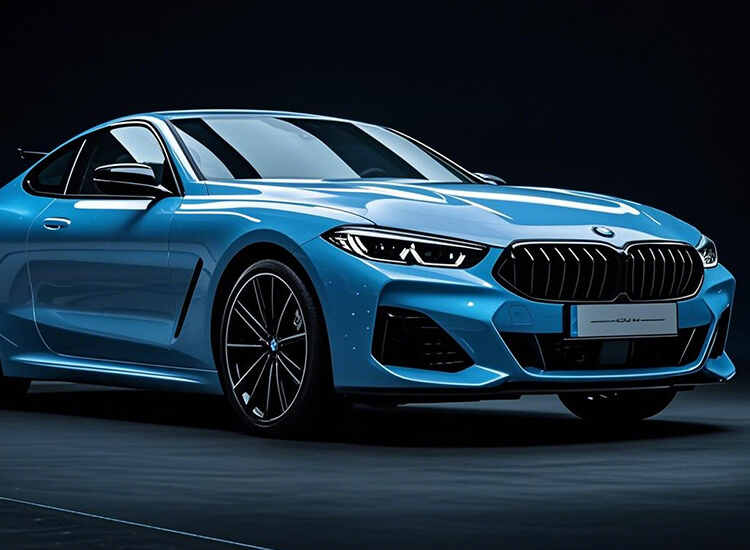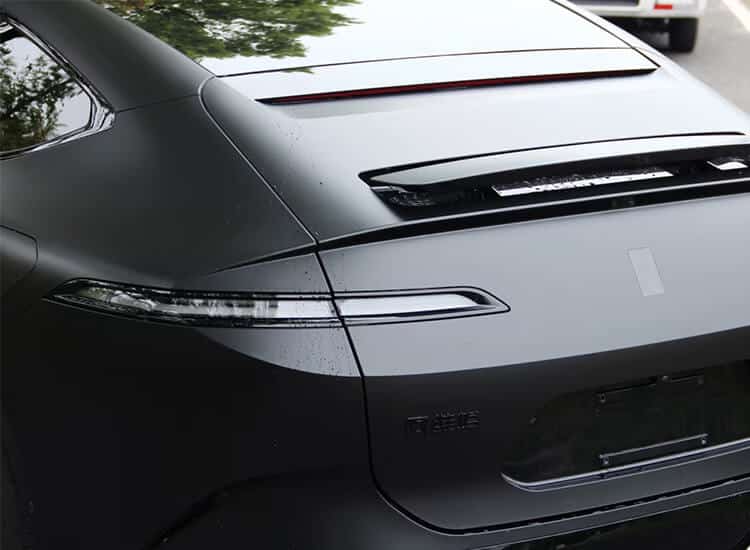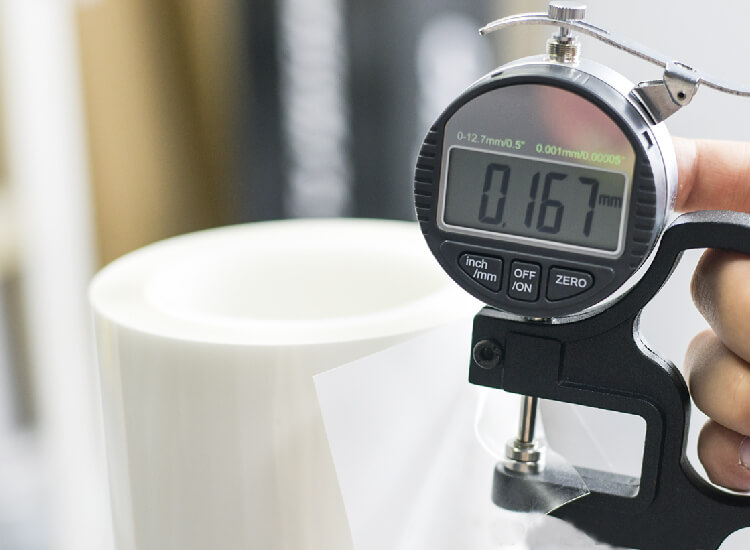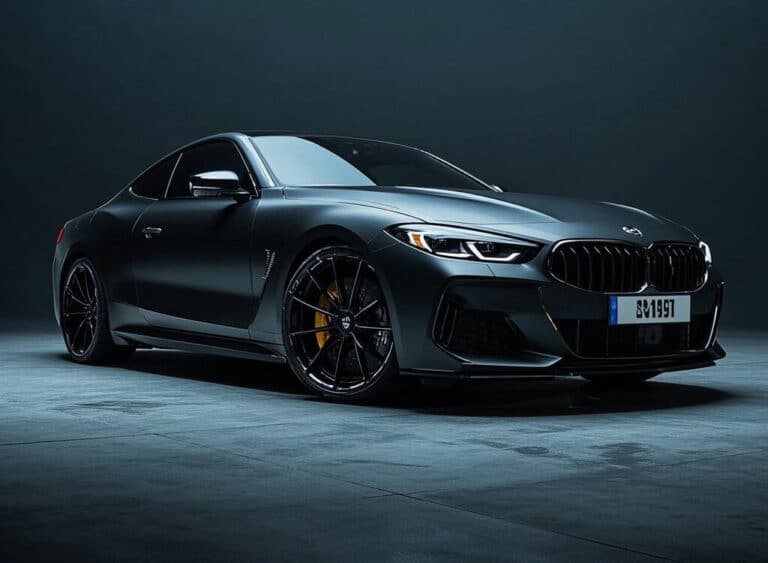Clear and Gloss Paint Protection Film (PPF): What Is the Difference?
When it comes to protecting your car’s paint job, Paint Protection Film (PPF) is the gold standard. But not all PPFs are created equal. One of the biggest questions car owners face is: What’s the difference between clear and gloss PPF? Here, we’ll break down the differences in appearance, performance, and use cases between clear PPF and gloss PPF. By the end, you’ll be equipped with the knowledge to choose the right option for your car — and maybe even impress a few gearheads at the next cars and coffee.

What Is Paint Protection Film (PPF), and Why Is It So Popular?
Before we dive into the details, let’s quickly revisit what PPF actually is. Paint Protection Film, also called clear bra or PPF coating, is a thin, thermoplastic urethane layer applied to a vehicle’s painted surfaces. Its primary job? To act like invisible armor — shielding your car from:
-
Rock chips
-
Road debris
-
UV rays
-
Bird droppings
-
Light scratches
Whether you drive a high-performance sports car or a daily commuter, PPF coating helps maintain resale value and that showroom shine.
Clear PPF vs. Gloss PPF: What’s the Real Difference?
Although they both serve the same core purpose — paint protection — the appearance and finish are where the differences start to matter. Let’s break it down.
1. Appearance and Finish
Clear PPF is designed to be virtually invisible. It enhances and protects your car’s paint without altering its original color or shine. It’s ideal for those who want protection but don’t want to change how the vehicle looks.
Gloss PPF, on the other hand, adds a shiny, wet-look finish to your paint. It makes colors pop, adds depth to darker shades, and gives off a polished, mirror-like effect. Pro Tip: Many luxury and exotic car owners choose gloss PPF for the added visual punch it provides.
2. Material Composition and Reflectivity
Both clear and gloss PPFs are made using similar base materials — thermoplastic polyurethane. But gloss PPF contains added optical enhancers that increase reflectivity and depth. This added gloss layer slightly increases the film’s thickness and gives it that candy-coated look.
3. UV Protection and Yellowing Resistance
High-quality clear and gloss PPF both offer excellent UV resistance. That said, older clear films were notorious for yellowing over time — especially in hot climates. Modern gloss PPF coatings often feature UV inhibitors baked into the topcoat, making them more resistant to discoloration. However, this depends on the brand and quality of the film used. Look for self-healing and hydrophobic properties in both clear and gloss films for the best performance.
Which One Offers Better Protection?
This is a crucial factor for installers and DIY enthusiasts alike.
-
Clear PPF tends to be more forgiving during installation, especially on light-colored vehicles where minor stretch marks or bubbles aren’t as visible.
-
Gloss PPF requires a bit more finesse. Because of its high reflectivity, any imperfections or trapped debris are more noticeable, especially under showroom lighting.
That said, if you’re working with a certified installer, this shouldn’t be a major concern.
Installation Considerations: Does One Apply Easier?
Protection levels between clear PPF and gloss PPF are quite similar when comparing products from reputable manufacturers.
However, here’s what might differ:
-
Thickness: Some gloss PPFs are slightly thicker due to their top coat, providing marginally more resistance to damage.
-
Self-healing technology: Both variants can heal light scratches when exposed to heat, depending on the formulation.
-
Chemical resistance: Top-tier gloss PPF may have improved resistance to environmental contaminants like bird droppings or sap, thanks to enhanced coatings.
Ideal Use Cases: Which One Is Right for You?
Here’s where your personal style and goals come into play.
Use Clear PPF If:
-
You want maximum stealth protection
-
You prefer to preserve the original paint color and finish
-
You’re protecting a vintage, classic, or collector car where authenticity matters
Use Gloss PPF If:
-
You want a show-stopping shine
-
You want to amplify the depth of dark-colored vehicles (like black, navy, or deep red)
-
You’re going for a “just-waxed” look 24/7
Cost Differences: Is Gloss PPF More Expensive?
Generally, yes — gloss PPF can be more expensive due to:
-
Added materials in the top layer
-
Greater labor cost (more prep and care during installation)
-
Premium product positioning by many brands
However, the price gap isn’t always huge. The difference may be as little as 10–20%, depending on the shop and region. But remember: you’re not just paying for protection — you’re investing in appearance, too.
Maintenance and Longevity: Does One Last Longer?
Both clear and gloss PPF typically last 5 to 10 years, depending on:
-
Brand quality
-
Climate and driving conditions
-
Washing and maintenance routine
Gloss PPF may require a bit more frequent cleaning, as it can show swirl marks and dust more clearly. But it also tends to repel water and grime better — especially if paired with a ceramic coating.
Pro Tip: Apply a ceramic coating on top of either film for enhanced protection and easier maintenance.
A Quick Look at Matte PPF: Bonus Comparison
While this article focuses on clear vs. gloss PPF, it’s worth noting there’s a third option: matte PPF. It gives your car a satin or flat finish — perfect if you’re looking for a stealthy, aggressive vibe. Some high-end brands even offer convertible films that can turn a gloss car matte or vice versa. But that’s a topic for another day.
Clear or Gloss PPF — Which Should You Choose?
It all comes down to your personal preference and what you value more:
| Feature | Clear PPF | Gloss PPF |
| Visual Impact | Subtle, invisible | High-shine, glossy |
| Finish | OEM look | Wet-look depth |
| Installation | Easier | Slightly more technical |
| Maintenance | Low-key | Requires more attention |
| Price | More affordable | Premium cost |
If you want invisible protection, go for clear PPF.
If you want added shine and depth, gloss PPF is your winner.
No matter what you choose, both options provide the paint protection your vehicle deserves — keeping your ride looking fresh and flawless for years to come.
Ready to Protect Your Ride?
Choosing between clear and gloss PPF can feel like splitting hairs. But when you know the facts, it’s easier to decide what works for your car, lifestyle, and taste.
Need help selecting the right PPF coating? Looking for a reliable car clear PPF wholesale supplier in China?
We’ve got you covered — just reach out or stay tuned for our upcoming guides.
Frequently Asked Questions (FAQ)
What is a gloss coat?
A gloss coat is a shiny, reflective layer that enhances the depth and shine of a car’s paint. It adds a polished, “wet-look” finish and helps protect against scratches and UV damage.
Is gloss a clear coat?
Yes, a gloss coat is a type of clear coat, but with a high-shine finish. All gloss coats are clear coats, but not all clear coats are glossy — some can be matte or satin.
What is another name for clear coat?
Another common name for clear coat is paint protection film (PPF) or clear bra, especially when referring to protective films applied over automotive paint.
What is the difference between gloss and flat clear coat?
Gloss clear coat has a shiny, reflective finish, while flat (or matte) clear coat has a non-reflective, dull appearance. Gloss shows more shine; flat offers a stealthier look.
What is the best type of PPF?
The best type of PPF depends on your goals. For invisible protection, go with clear PPF. For extra shine, choose gloss PPF. For a unique, stealthy finish, matte or stealth PPF is ideal. Always choose high-quality, self-healing film from a trusted brand.
Is clear PPF worth it?
Absolutely. Clear PPF helps prevent rock chips, scratches, and fading, preserving your vehicle’s paint and resale value. It’s a smart investment for long-term protection.
What is the difference between gloss and stealth PPF?
Gloss PPF adds a shiny, reflective finish, while stealth PPF (also known as matte PPF) gives your car a flat, satin appearance. Both offer the same protection but with different visual styles.
What is the difference between matte and clear PPF?
Matte PPF changes your car’s finish to a non-glossy, satin look. Clear PPF keeps the original paint finish unchanged. Both offer excellent protection, but the appearance is the key difference.
| ELVO Offers Fast Paint Protection Film OEM Services |
| 25 Days |
| From Ideas To Mass Production |
| Start OEM For Your Brand Now! |
| Whatsapp: +85251657739 or Email: info@elovppf.com |






